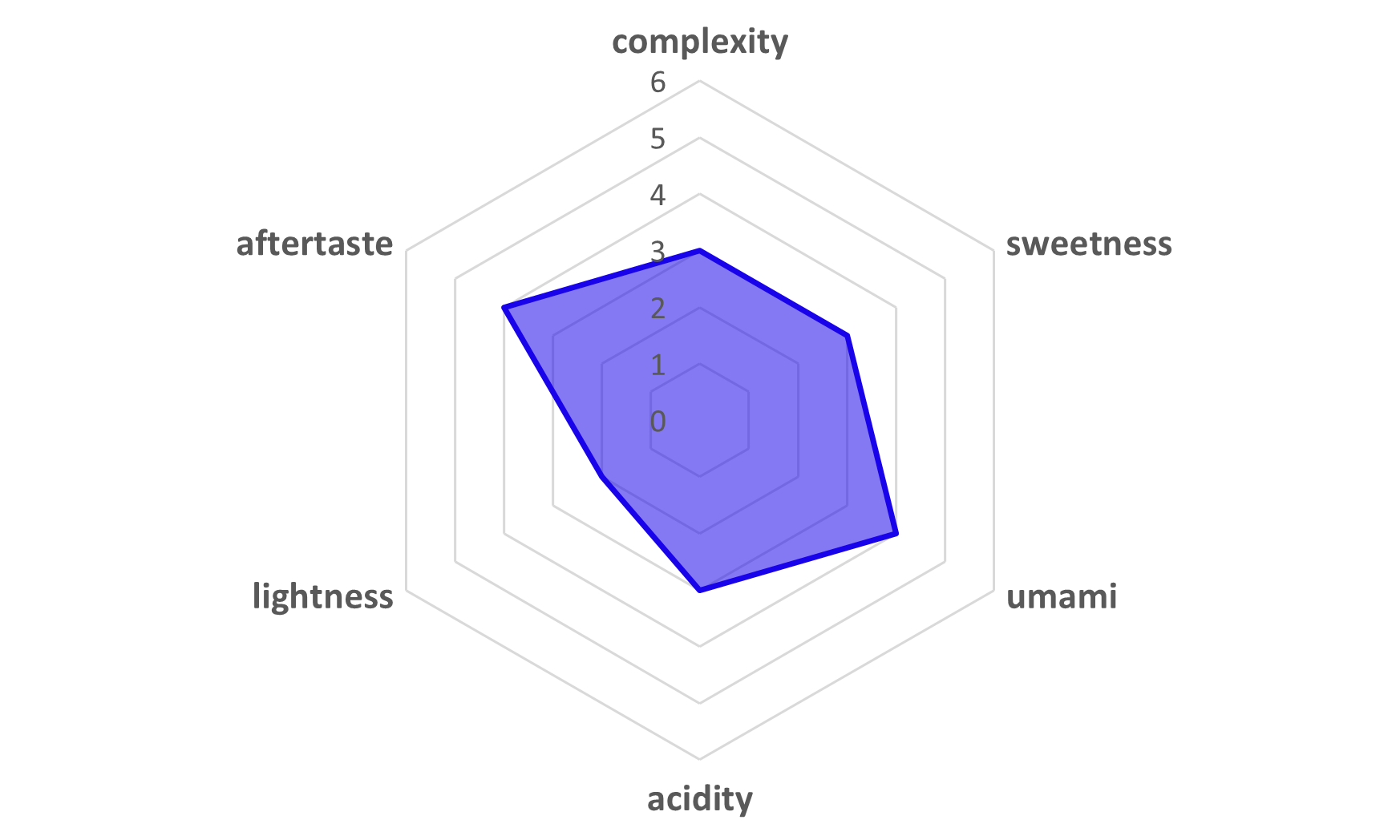なし
日本酒の甘さや辛さを表す指標。一般的にマイナスは甘さ、プラスは辛口を表します。
酸味の総量を数値化したもの。酸度が高いほどキレとコクがあり、低いほど軽快で甘みがあります。
外側から削り取った後に残ったお米の割合。表層を削り落とすことで、独特の香りと不純物のない酒を造ることができます。
"The nose is both discreet, like Mont Blanc or steamed chestnuts, and bewitching, like ripe tropical fruit. At slightly higher temperatures, toasty notes are added. The taste gives a strong impression of umami. Compared to regular ginjo-shu, the sweetness is gentler and less deceptive. The depth and complexity of the flavour is difficult to understand, and the aftertaste is long-lasting. Cold sake is recommended."
Professional French Chief & YUKARI Special Ambassador
"It has a fresh aroma with predominant notes of grapefruit, banana, Japanese citrus, and Chinese quince. There is a refreshing quality reminiscent of mint and radish, along with the creamy fragrance of almond tofu. It has a light and elegant sweetness, balanced with a hint of refined acidity. The bitterness is subtle, resulting in a smooth texture. The aftertaste is moderately short. It is recommended to serve this sake at a temperature between 10°C and 15°C, using a small tulip glass for presentation."
Sommelier of Sake / Sake Diploma & YUKARI Special Ambassador









